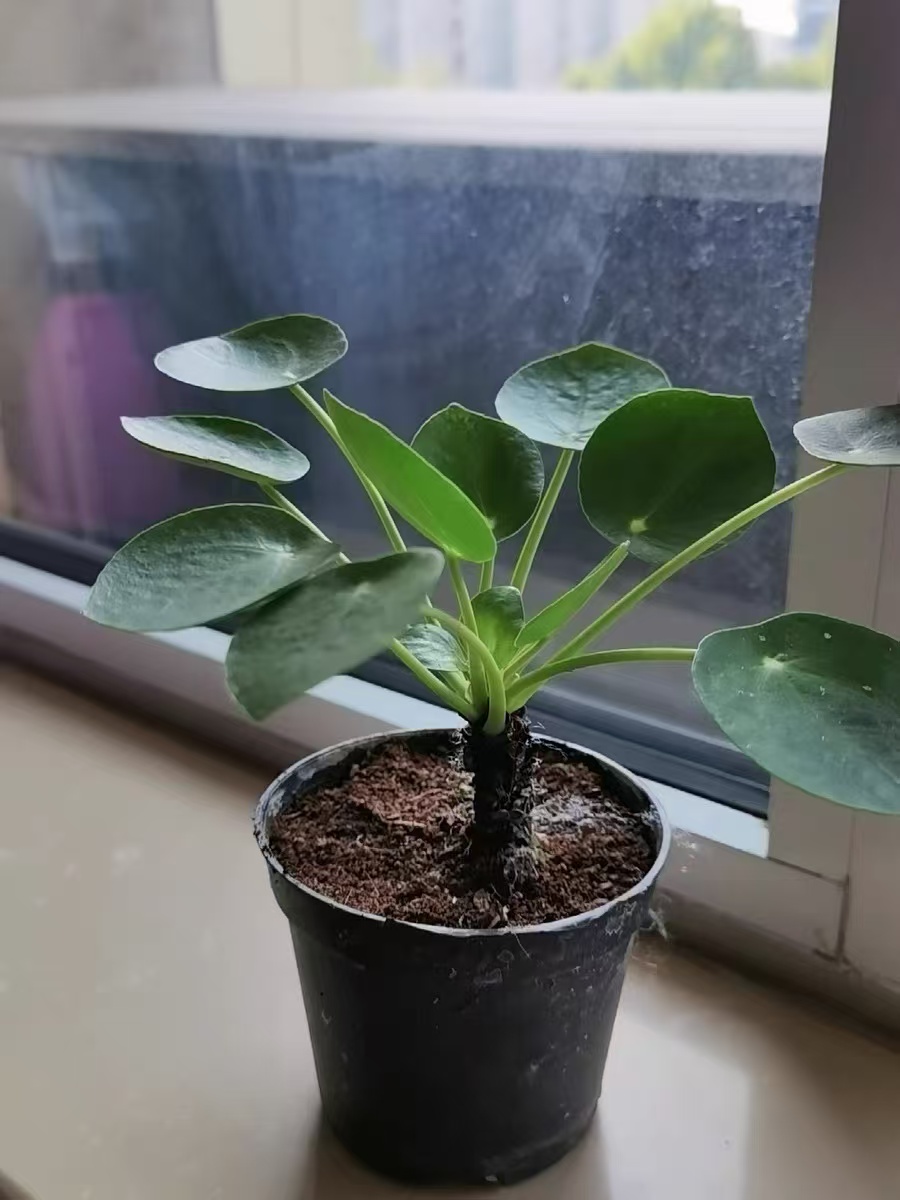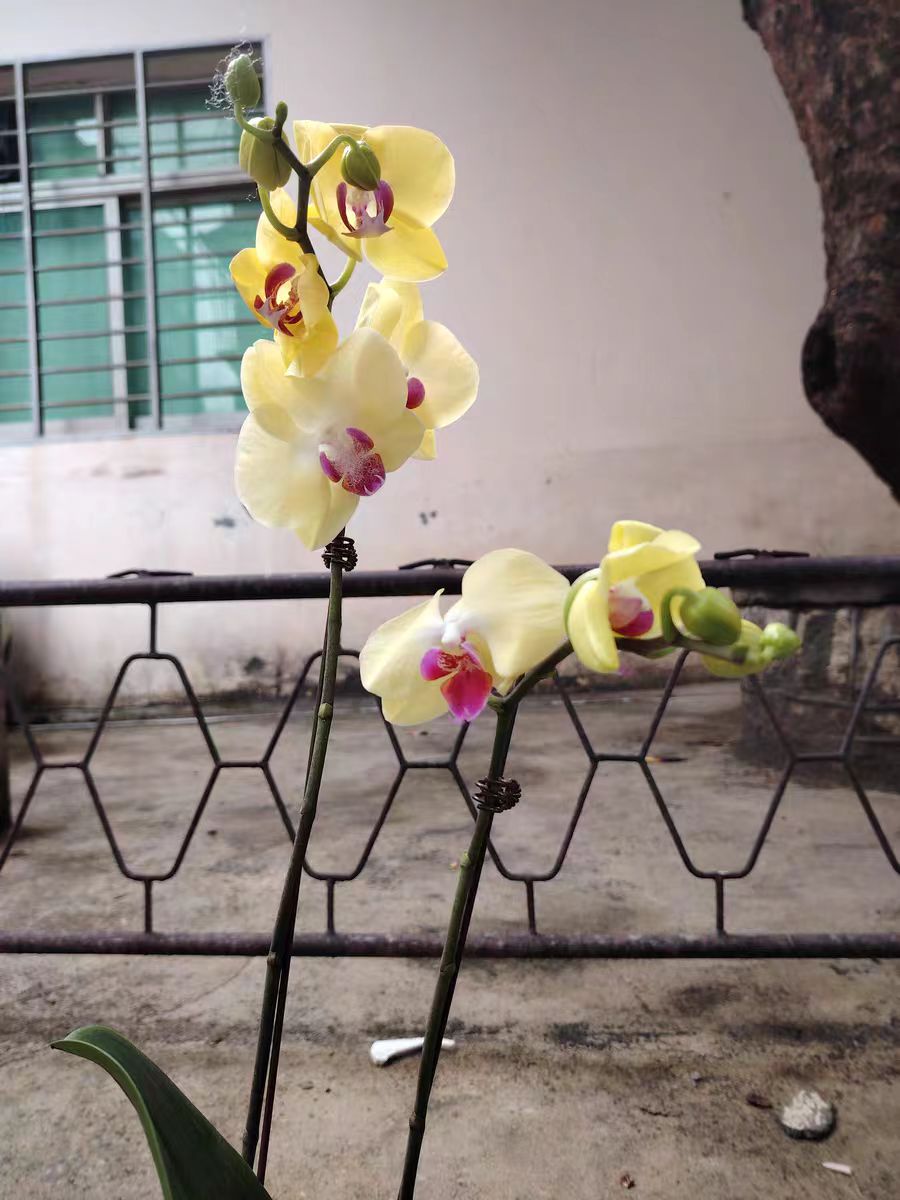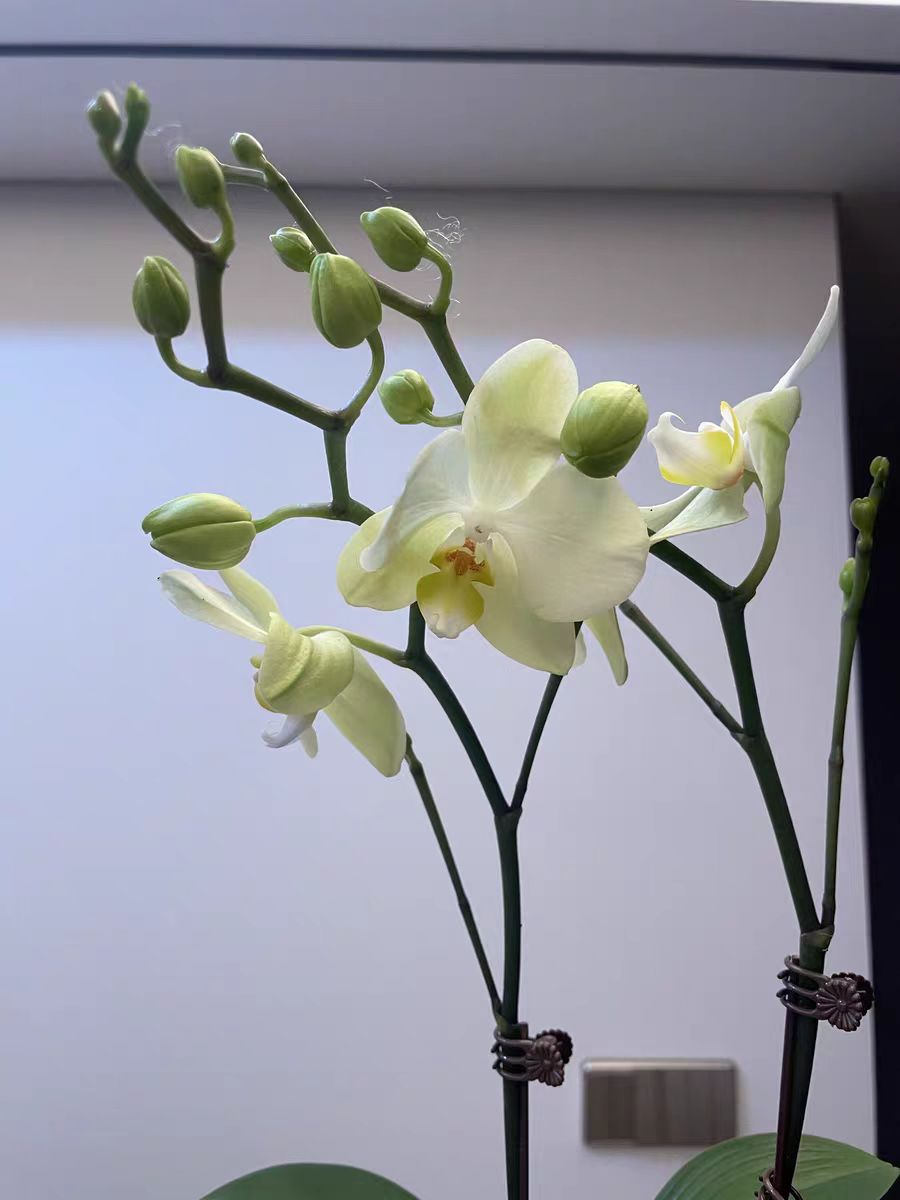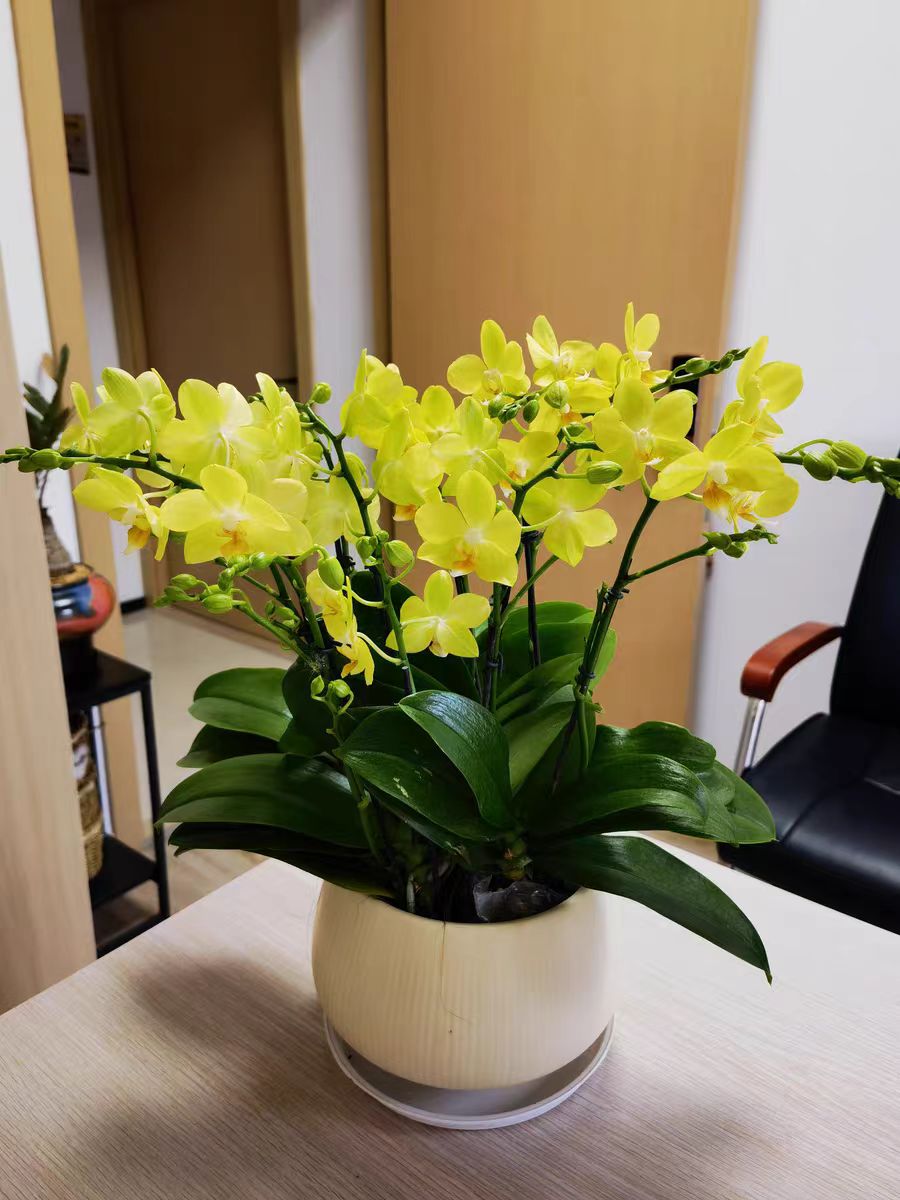In hot summers, we often feel the discomfort brought by high temperatures, while plants achieve a natural cooling effect in a unique way - transpiration. Transpiration refers to the process in which water is lost from the surface of living plant bodies in the form of water vapor to the atmosphere. Plants release water vapor through stomata on their leaves. In this process, a large amount of heat is absorbed, thereby reducing the temperature of the plant body and its surrounding environment. Specifically, transpiration can increase atmospheric humidity and precipitation, and it also plays an important role in the water cycle of the biosphere.
Transpiration mainly occurs through the stomata of plant leaves. Stomata are the portals for plants to exchange gases with the outside world and also the channels for water loss. During the day, when plants absorb solar energy, the water in the leaves will be heated and evaporated into water vapor, which is lost to the atmosphere through stomata. In this process, as water changes from liquid to gas, it needs to absorb a large amount of latent heat, thereby reducing the temperature of the leaves and the surrounding environment. At the same time, transpiration also promotes the transportation of water and inorganic salts in plants, which plays an important role in the growth and development of plants.
In high-temperature environments, many plants show unique survival wisdom. Here are five plants with cooling characteristics. They cope with high-temperature environments in different ways and bring a touch of coolness to our lives.
Pilea peperomioides
Pilea peperomioides is named for its leaves being as smooth as a mirror. It has a strong transpiration effect. In hot weather, Pilea peperomioides reduces the temperature of the surrounding environment by speeding up the transpiration rate and releasing more water vapor. At the same time, the leaves of Pilea peperomioides can also reflect part of the sunlight and reduce the absorption of solar radiation by the plant body, further reducing the temperature.
Philodendron selloum
Philodendron selloum is a shade-loving and moisture-loving foliage plant and performs well in high-temperature environments. Its leaves are broad and dense and can form a thick green barrier to block most of the sunlight. In addition, the transpiration of Philodendron selloum is also relatively vigorous, which can effectively increase air humidity and reduce the environmental temperature. Planting Philodendron selloum indoors can create a cool and moist microclimate.
Begonia maculata
Begonia maculata is a plant with thick and juicy leaves and has a strong water storage capacity. In a high-temperature and arid environment, Begonia maculata can use the water in its leaves for transpiration to keep the temperature and humidity of the plant body stable. At the same time, the leaves of Begonia maculata can also reflect part of the sunlight and reduce heat absorption. Therefore, planting Begonia maculata in summer can not only beautify the environment but also bring a touch of coolness to our lives.
Ficus elastica
Ficus elastica is an evergreen tree with a strong transpiration ability. In hot weather, Ficus elastica reduces the temperature of the surrounding environment by accelerating the transpiration rate and releasing a large amount of water vapor into the air. In addition, the leaves of Ficus elastica also have a certain heat absorption effect and can absorb and store part of the solar radiation energy to reduce the direct transfer of heat. Therefore, planting Ficus elastica outdoors can significantly reduce the temperature of the surrounding environment.
Maranta plants
Maranta plants are a kind of foliage plants mainly for viewing. They usually have a large leaf area and a high transpiration efficiency. In high-temperature environments, Maranta plants can quickly release water into the air, increase air humidity and reduce temperature. At the same time, the leaves of Maranta plants also have a certain shading effect and can reduce the damage of direct sunlight to the plant body. Planting Maranta plants indoors or in courtyards can create a cool and comfortable living environment.
The transpiration of plants is a natural cooling method. By releasing water vapor, it absorbs heat and reduces the environmental temperature. In high-temperature environments, cool plants such as Pilea peperomioides, Philodendron selloum, Begonia maculata, Ficus elastica, and Maranta plants show unique survival wisdom. They cope with high-temperature environments in different ways and bring a touch of coolness to our lives. By scientifically and reasonably planting these plants, we can effectively improve the climatic conditions of the living environment and improve the quality of life.
How does plant transpiration achieve natural cooling?

Share with
Tagged in :




Leave a Reply